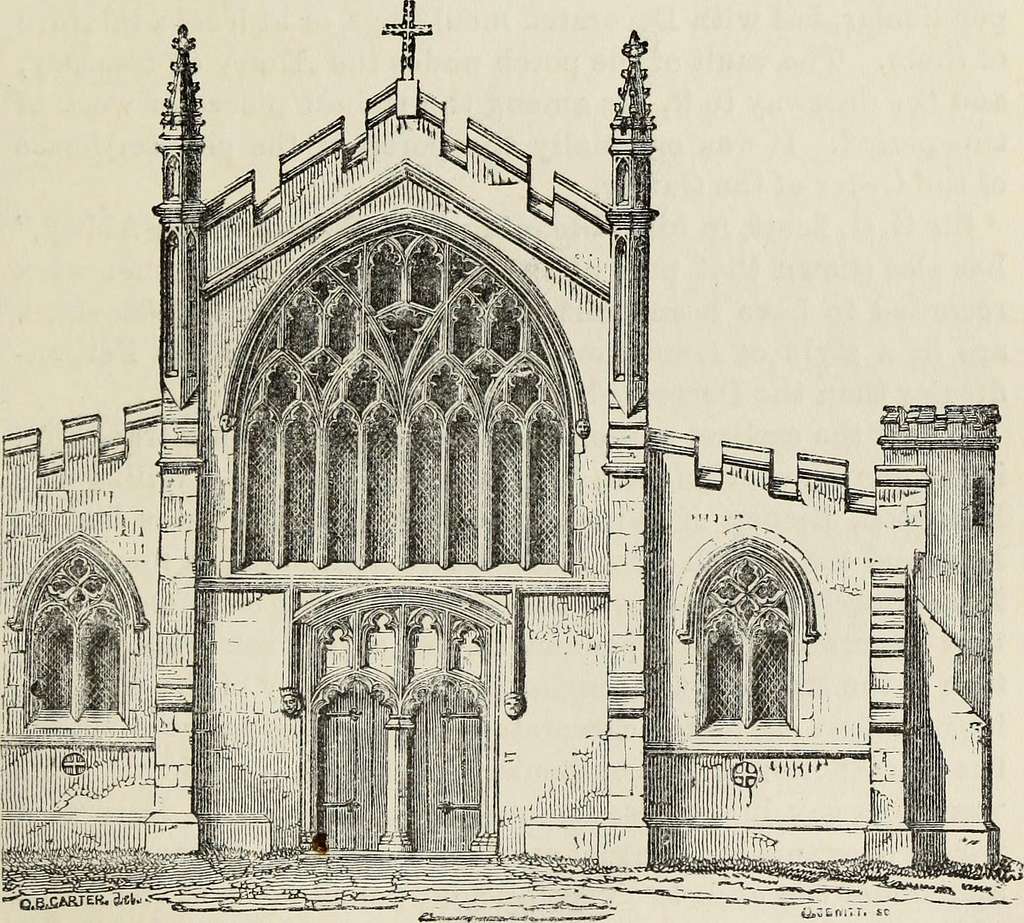Introduction:
Architecture, the art, and science of designing and constructing buildings, has been an integral part of human civilization since ancient times. It encompasses the principles of aesthetics, functionality, and sustainability, creating spaces that inspire and shelter us. This article will explore the fascinating world of architecture, breaking down complex concepts into simple and understandable language. Whether you’re an aspiring architect, a curious enthusiast, or simply someone interested in the built environment, join us on this journey to uncover the secrets behind the structures that shape our lives.


Foundations of Architecture: At its core, architecture is about creating spaces that serve a purpose while evoking emotions and impacting those who experience them. The foundations of architecture lie in its three essential elements: form, function, and structure.
Form refers to the physical appearance of a building, its shape, materials, and style. It is an expression of the architect’s creativity, influenced by cultural, historical, and contextual factors. From the grandeur of Gothic cathedrals to the simplicity of modernist designs, each architectural style carries its unique characteristics.
Function relates to the purpose and functionality of a building. Architects must consider the needs and activities of the people who will inhabit the space, ensuring that it meets their requirements while providing a comfortable and efficient environment. Functionality encompasses factors such as spatial planning, circulation, and the integration of essential amenities.
Structure deals with the engineering and construction aspects of architecture. It involves the use of materials, techniques, and technology to create stable and safe structures. Architects collaborate with structural engineers to design load-bearing systems, ensuring the longevity and stability of the building.
Architectural Styles and Movements: Throughout history, various architectural styles and movements have emerged, reflecting the cultural, social, and technological developments of their time.

Let’s explore a few notable examples:
a) Classical Architecture: Inspired by the ancient Greeks and Romans, classical architecture embodies balance, proportion, and harmony. It features elements such as columns, pediments, and arches, creating a sense of grandeur and timelessness.
b) Gothic Architecture: Gothic architecture emerged in medieval Europe, characterized by pointed arches, ribbed vaults, and elaborate ornamentation. It aimed to transcend earthly limitations and inspire awe and spirituality through towering cathedrals and intricate details.
c) Modernism: As the 20th century brought about significant technological advancements, architecture underwent a radical transformation. Modernism embraced simplicity, functionality, and the use of new materials such as glass and steel. Architects like Le Corbusier and Ludwig Mies van der Rohe pioneered this movement, creating sleek and
minimalist designs.
d) Postmodernism: Challenging the rigid principles of modernism, postmodernism embraced eclecticism and playfulness. It blended historical references, unconventional forms, and exaggerated details to create visually striking and often controversial structures.
Sustainable Architecture:
In recent decades, the concept of sustainability has gained prominence in architecture. Sustainable architecture reduces environmental impact, conserves resources, and creates healthier and more energy-efficient buildings. Design strategies include maximizing natural light and ventilation, incorporating renewable energy sources like solar panels, using recycled and locally sourced materials, and implementing efficient insulation and water management systems. Architects also consider the life cycle of a building, aiming to create structures that can adapt to future needs and be easily repurposed or recycled.

Iconic Architectural Marvels:
The world is adorned with architectural marvels that have become symbols of human achievement and cultural heritage. From the Great Pyramids of Giza to the Taj Mahal, these structures stand as testaments to the capabilities of human.



allergy pills without antihistamine zyrtec canada over the counter allergy pills non drowsy
buy isotretinoin 10mg online cheap isotretinoin 20mg tablet purchase isotretinoin generic
I like what you guys are up also. Such clever work and reporting! Keep up the superb works guys I have incorporated you guys to my blogroll. I think it will improve the value of my website :).
amoxil 500mg pills cost amoxicillin 500mg buy cheap generic amoxil
strongest over the counter sleep aid provigil 100mg ca
buy zithromax generic azithromycin without prescription cost azithromycin 250mg
gabapentin 600mg uk order neurontin generic
lasix 40mg canada buy lasix tablets
omnacortil 40mg generic buy omnacortil 40mg order prednisolone 5mg pill
amoxil 1000mg usa order amoxil order amoxicillin 1000mg for sale
purchase doxycycline online cost monodox
augmentin 1000mg drug buy augmentin 625mg without prescription
buy generic levothyroxine online cost levoxyl synthroid 100mcg canada
purchase levitra sale vardenafil pills
buy clomiphene online cheap clomid 50mg cheap buy clomiphene 50mg generic
zanaflex usa order tizanidine 2mg sale zanaflex canada
semaglutide 14mg oral semaglutide drug purchase semaglutide
buy deltasone 10mg without prescription buy deltasone 20mg generic deltasone generic
buy generic semaglutide 14mg buy semaglutide 14mg semaglutide usa
order isotretinoin 20mg pills buy accutane 20mg pill order absorica generic
buy generic amoxicillin for sale amoxicillin price order amoxicillin 250mg
zithromax online buy zithromax 250mg cost buy azithromycin 250mg generic
augmentin 1000mg cheap augmentin 1000mg oral purchase augmentin sale
order prednisolone 20mg for sale order prednisolone online cheap order omnacortil 40mg sale
synthroid 75mcg cost levothroid cost buy synthroid for sale
buy gabapentin 100mg generic buy gabapentin cheap gabapentin cheap
order clomid 50mg pill buy clomid pills clomid 100mg uk
how to buy furosemide lasix 100mg brand buy furosemide sale
sildenafil 100mg uk sildenafil next day viagra 50mg pill
vibra-tabs canada where can i buy doxycycline order doxycycline 100mg pills
purchase rybelsus pill buy rybelsus sale brand rybelsus 14 mg
online slots real money online casinos for real money free slots
order levitra 10mg pills buy vardenafil 10mg without prescription vardenafil 10mg us
lyrica 150mg drug buy pregabalin 75mg without prescription order lyrica 150mg online
order plaquenil online cheap hydroxychloroquine 200mg ca buy plaquenil generic
buy triamcinolone pills buy aristocort for sale order triamcinolone 4mg for sale
price cialis generic cialis 5mg order tadalafil 20mg for sale
order clarinex 5mg sale desloratadine pills buy clarinex 5mg without prescription
cenforce for sale cenforce 100mg for sale cenforce generic
canadian pharcharmy online cialis try here
canadian pharmacy reviews [url=http://canadianphrmacy23.com/]buy viagra from canada pharmacy[/url]
buy generic loratadine online buy loratadine for sale buy loratadine paypal
glycomet 500mg pills oral metformin glucophage cheap
order orlistat 60mg pill diltiazem oral purchase diltiazem pill
purchase acyclovir without prescription allopurinol 100mg cost order allopurinol generic
purchase norvasc order norvasc 5mg amlodipine online order
crestor 10mg without prescription brand zetia zetia online buy
lisinopril 2.5mg ca zestril 10mg pills purchase zestril online
no prescription pharmacy indian pharma
canadian pharmacy for cialis [url=http://canadianphrmacy23.com/]cialis pharmacy rx one[/url]
buy domperidone without prescription buy domperidone generic order tetracycline 250mg generic
prilosec medication buy omeprazole online cheap buy omeprazole 20mg for sale
purchase cyclobenzaprine generic baclofen uk baclofen online
metoprolol 100mg canada metoprolol 50mg pill lopressor 50mg cost
Woh I like your articles, saved to fav! .
toradol sale buy generic gloperba for sale buy colchicine 0.5mg sale
buy atenolol online cheap generic tenormin tenormin 50mg cheap
Some genuinely wonderful information, Sword lily I observed this.